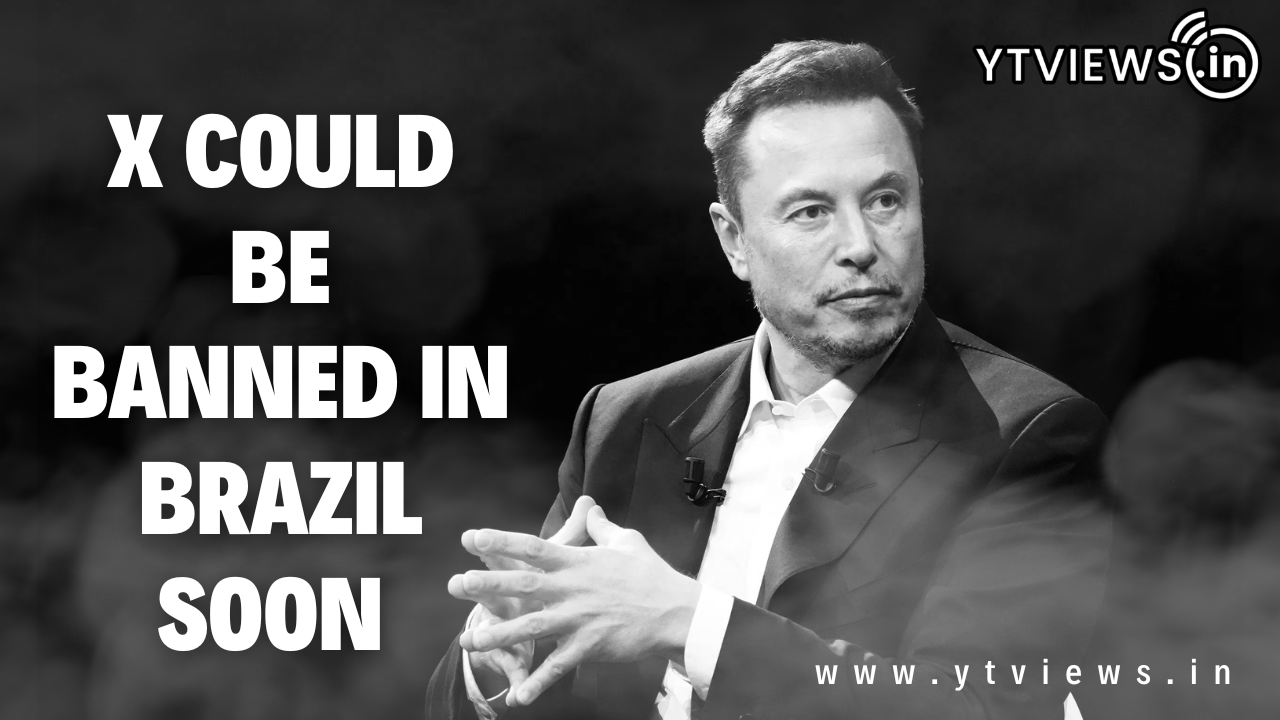Twitter/X takes its algorithm ‘open-source,’ as Elon Musk promised
Twitter has blogged about the decision and shared the code that determines which tweets appear on your timeline on GitHub. It explains the ranking and filtering criteria used by the algorithm to choose which tweets to display in the For You timeline.
The “recommendation pipeline is made up of three main steps,” according to a blog post on Twitter. It compiles “the best Tweets from several suggestion sources” before using “a machine learning model” to rate them. Finally, before displaying them on your timeline, it filters away tweets from users you’ve blocked, tweets you’ve already seen, or tweets that are inappropriate for work.
Each step of the process is thoroughly explained in the post. For instance, it mentions that the first stage examines over 1,500 tweets and that the intended ratio for the For You timeline is roughly 50 per cent of tweets from accounts you follow (referred to as “In-Network”) and 50 per cent tweets from accounts you don’t follow (referred to as “Out-of-Network”). Additionally, it states that the ranking is intended to “optimise for positive engagement (e.g., Likes, Retweets, and Replies)” and that the last stage aims to prevent you from seeing an excessive number of tweets from a single user.
Of course, sifting through the code—which academics are already doing—will yield the most specific information.
CEO Elon Musk has been teasing the change for some time; in a 2022 poll he conducted of his followers asking if they thought Twitter’s algorithm should be open source, nearly 83 per cent of respondents indicated that they did. He said it would happen within a week in February, but earlier this month he extended the deadline to March 31.

Musk stated in a tweet that the “majority of the recommendation algorithm” was revealed on Friday and that the other portions would follow. Additionally, he stated that it is hoped “independent third parties should be able to determine, with sufficient accuracy, what would probably be revealed to users.” He stated in a Speech that the goal was to make the algorithm “the least gameable system on the internet” and as durable as Linux, arguably the most well-known and successful open-source project. The main objective, he continued, “is to maximise on unregretted user minutes.”
When the algorithm is revealed, Musk has been prepping his audience to be disappointed (which is, of course, making a big assumption that people will actually understand the complex code). People will “find many foolish things” because it is “overly complex & not fully understood internally,” he has said, but he has also vowed to remedy problems as they are found. He tweeted, “Providing code openness will at first be extremely embarrassing, but it should lead to rapid increase in recommendation quality.”
Related Posts

Ytviews X (Twitter) Promotional Services: Boost Your Social Presence

Why Ytviews is the Best Partner for Social Media Evolution

X Faces Potential Ban in Brazil over Concerns about Misinformation

How to Choose the Ideal Social Media Platform







































